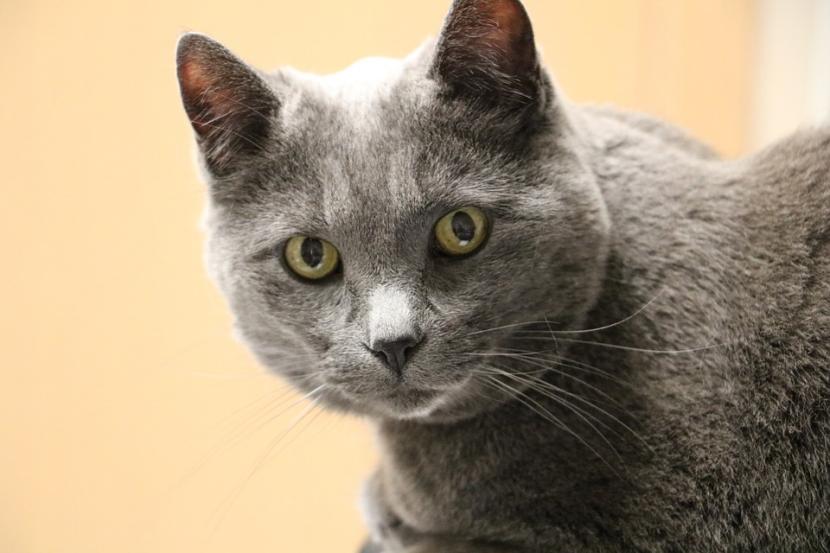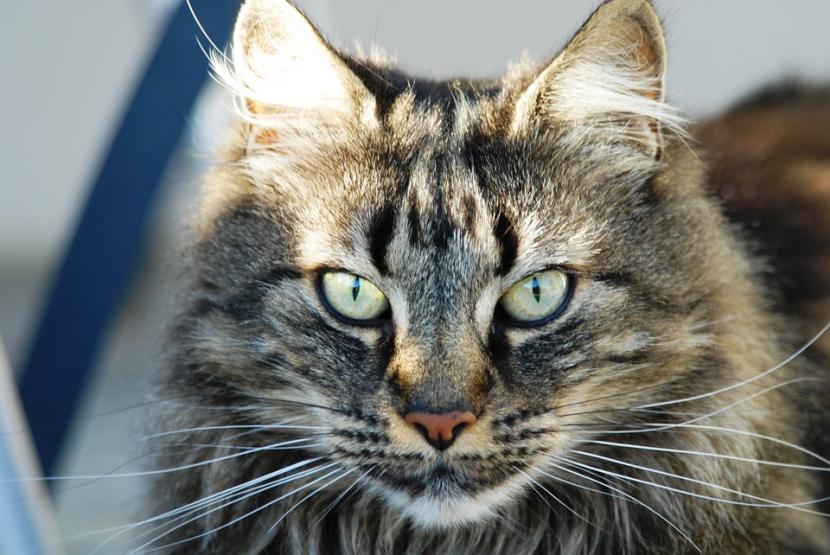
Intestinal obstructions can be due to multiple causes: the cat may have ingested too much hair, thus forming the dreaded hair balls, that a foreign object has been swallowed or, in the worst case, that a tumor.
Therefore, I am going to tell you how to tell if my cat has an intestinal obstruction so that in this way it is easier for you to identify the problem and your furry can recover as soon as possible.
The most frequent symptoms are:
- Loss of appetite: a cat that has an intestinal obstruction will most likely lose her appetite. If you see that he is eating less, or that he has stopped eating, and if you also cannot get his appetite from anything (not even wet food), then it is possible that it is a symptom that something is obstructing his intestine.
- Abdominal pain: Does your cat frequently lie on its chest pressed against the ground leaving its hind legs in the air? If the answer is yes, you may be experiencing pain in your abdomen.
- Vomiting If the animal vomits feces or blood, it can be an indicator that there is something wrong with its intestines.
- Constipation: healthy cats have a bowel movement once or twice a day, but when they have a bowel obstruction, they stop.
- Lethargy or loss of interest in gambling: when feeling unwell, the cat's interest in the game will decrease. You will spend more time resting, perhaps in a corner away from where the family usually lives.

If you detect any of these symptoms (or several of them) in your cat, it is important that you take him to the vet for you to examine, as your life could be in danger. Don't let it pass.
An early diagnosis will help your furry to make a full recovery. Cheer up.